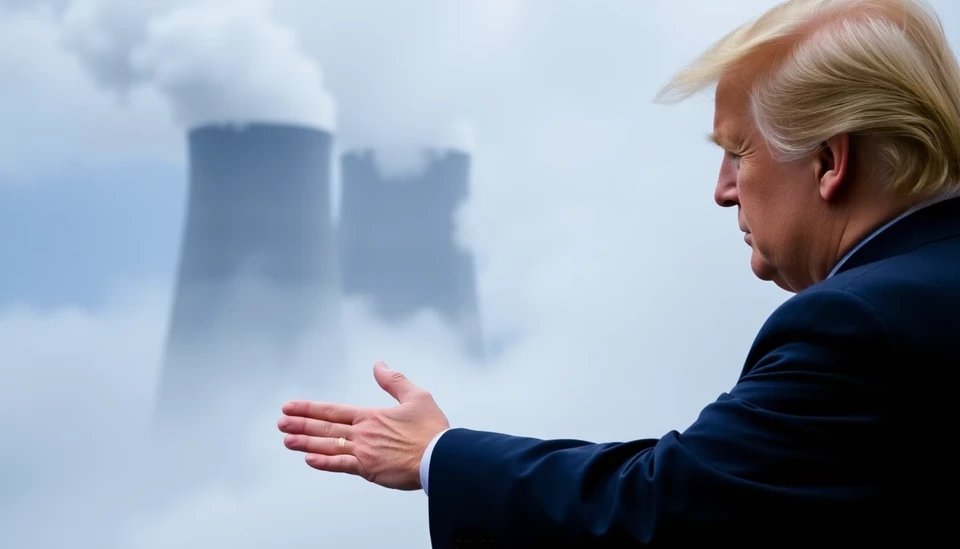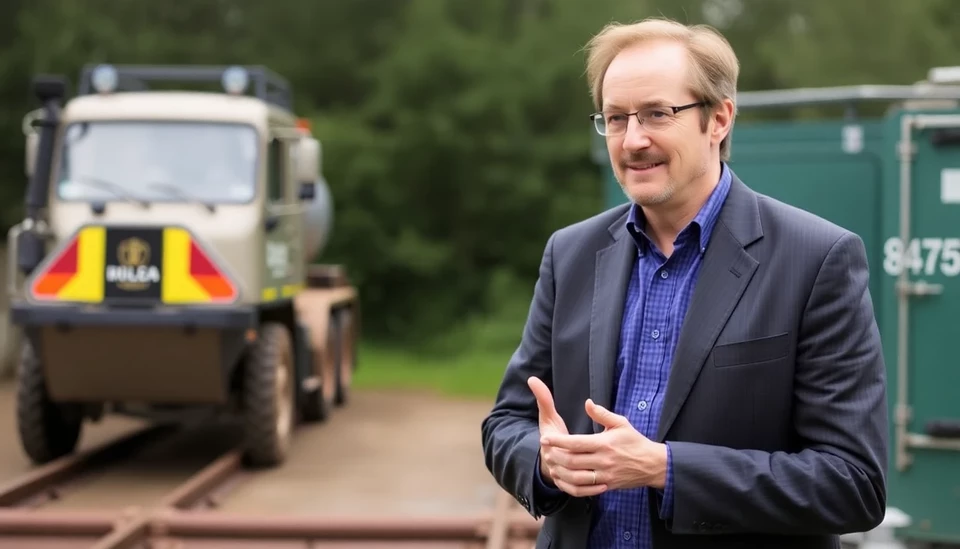
In a striking directive that underscores his administration’s ambitious technological agenda, former President Donald Trump has announced a plan aimed at leveraging coal power to enhance the United States' standing in the global artificial intelligence (AI) arena. This initiative, unveiled on April 8, 2025, signals Trump's intent to intertwine traditional energy resources with cutting-edge digital advancements.
The order seeks to revitalize the coal industry, which has faced significant challenges due to environmental policies and competition from renewable energy sources. Trump argues that by re-establishing a robust coal power sector, the country can generate the necessary energy to support extensive AI research and development. He believes that a strong domestic energy base is crucial for maintaining competitiveness, especially against nations like China, which is rapidly advancing in the AI field.
At the heart of Trump's directive is the assertion that the energy-intensive demands of AI operations require a reliable and abundant power source, which he argues coal can provide. During a press conference, Trump stated, "Our coal mines can do more than just provide jobs; they can power the future of technology. It's time to reclaim our position as a leader in AI innovation." This statement echoes his administration's long-standing support for fossil fuels as a vital component of the U.S. energy landscape.
This latest effort comes against a backdrop of increasing debates over environmental impacts and sustainability. Critics of the initiative have quickly highlighted the potential repercussions on climate change and air quality, raising concerns about a resurgence in coal emissions. Advocates for green energy assert that relying on coal contradicts global efforts to transition toward cleaner energy options, jeopardizing both public health and the planet's future.
In response to pushback, Trump’s advisors have emphasized that the coal sector is undergoing a transformation that includes technological innovations aimed at reducing emissions. They cite advancements in carbon capture and storage (CCS) as a means to mitigate environmental damage while still benefiting from coal’s energy potential. However, skeptics question the viability and efficacy of such technologies at a scale that would satisfy both energy demands and environmental standards.
The order also outlines a framework for federal incentives aimed at coal power plants, which would include grants for research programs focused on AI applications. The hope is that these incentives will prompt private sector investment, fostering a synergy between energy production and technological advancement. Trump's administration appears optimistic that rejuvenating coal could lead to new job creation and economic stimulation in regions heavily dependent on mining.
As the initiative unfolds, it remains to be seen how this approach will impact the interplay of energy policy and technological innovation. Many policymakers, particularly from states heavily invested in renewable energies, are closely monitoring developments for indications of how they might adapt to the proposed changes. The outcome of this endeavor could reshape the landscape of both energy and technology in the U.S., for better or worse.
In summary, this new directive by Trump does more than just focus on coal; it encapsulates a broader vision of intersecting energy independence with technological prowess. As the nation grapples with the transition to cleaner energy sources, the implications of this order will undoubtedly be a focal point of discussion in the coming months.
As America stands on this crossroads of energy and technology, the global arena watches closely to see if this strategy will yield the desired advancements in AI while navigating the complexities of environmental responsibility.
#Trump #CoalPower #AIInnovation #EnergyPolicy #ClimateChange #Technology #CarbonCapture #USPolitics #RenewableEnergy
Author: Peter Collins




